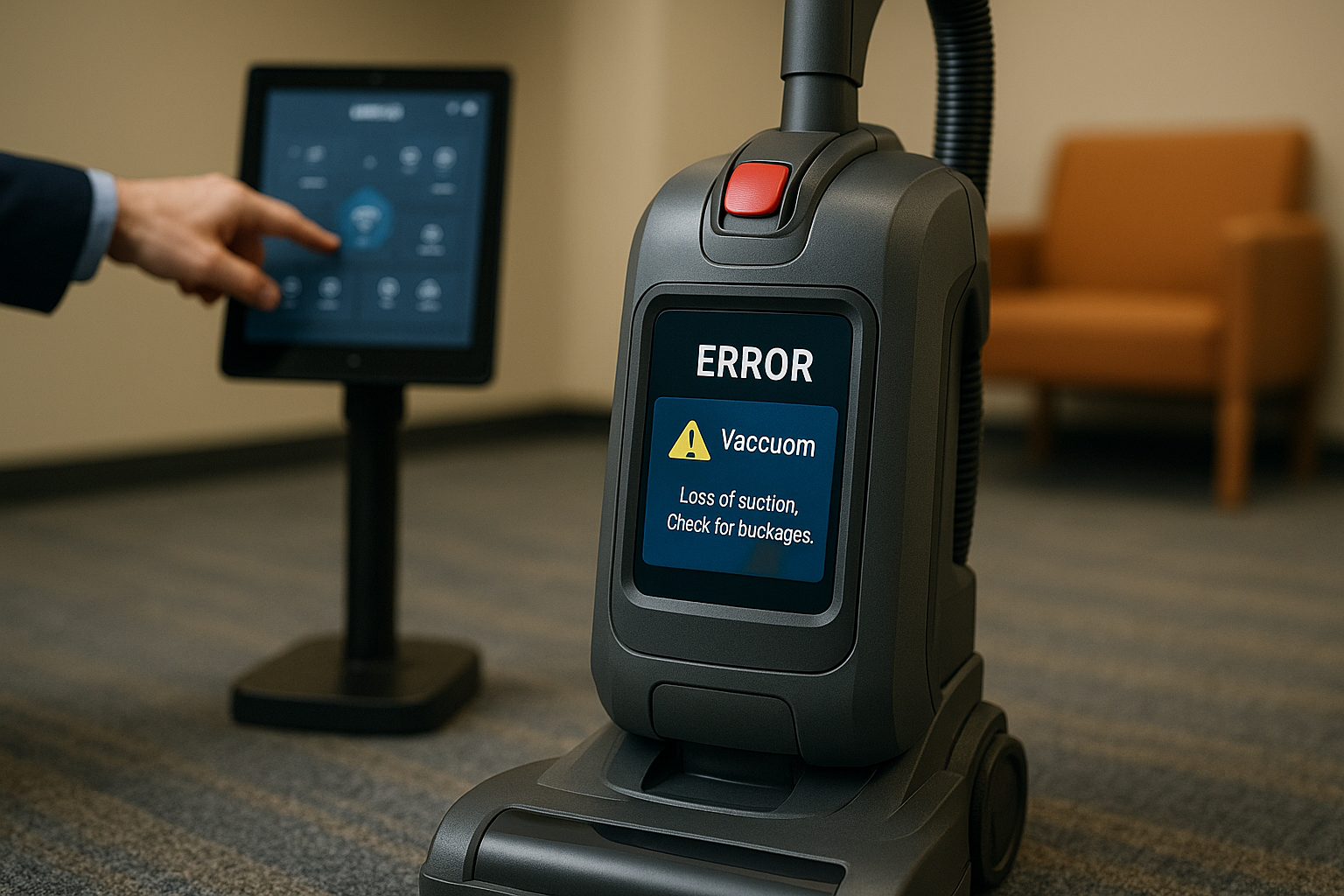In a market increasingly driven by innovation, “smart” features are rapidly becoming standard in consumer electronics—and the vacuum cleaner industry is no exception. However, in the B2B commercial segment, overly complex technology can create more problems than it solves. What might impress a residential buyer could be a costly headache for a facilities manager or industrial buyer.
Complexity Creates Downtime
For commercial cleaning operations, simplicity and uptime are everything. Smart vacuums with app connectivity, programmable settings, or Wi-Fi updates can be vulnerable to bugs, software failures, or even basic incompatibility with internal networks. According to Harvard Business Review, tech malfunctions in B2B tools cost companies an average of 11% of their productivity annually. When cleaning schedules are tight and consistent, any tech glitch is more than an inconvenience—it’s a business disruption.
Maintenance Becomes More Specialized
Smart features often require specialized support and parts. This poses challenges for cleaning contractors who rely on in-house staff or third-party technicians unfamiliar with complex electronics. IFMA (International Facility Management Association) reports that the need for specialized training and tools increases service costs by up to 40% compared to standard equipment. Simpler models, by contrast, are easier to diagnose, repair, and maintain on-site.
Data Security Concerns
Wi-Fi-enabled vacuums may collect usage data or allow remote access—raising data security concerns for institutions like hospitals, airports, and government buildings. In sectors with strict privacy policies, even the perception of digital risk can prevent procurement approval. A report by Gartner confirms that B2B buyers increasingly evaluate data handling protocols before approving connected devices.
Cost vs. Practical Benefit
Many smart features are more aesthetic than functional. For example, a digital display showing dust levels might offer little real-world utility in a warehouse or school setting. These additions increase manufacturing cost without delivering proportionate business value. Commercial buyers prioritize ROI, not novelty.
To meet the practical needs of commercial cleaning without overcomplicating operations, one exporter introduced a solution that offers strong suction in a lightweight, quiet body. With built-in self-cleaning capability and true multi-functionality, the model is engineered for durability, fast response, energy efficiency, and reliable performance—delivered in a single, large-capacity wet dry vacuum cleaner.
🔗 Visit us at: www.lxvacuum.com

















